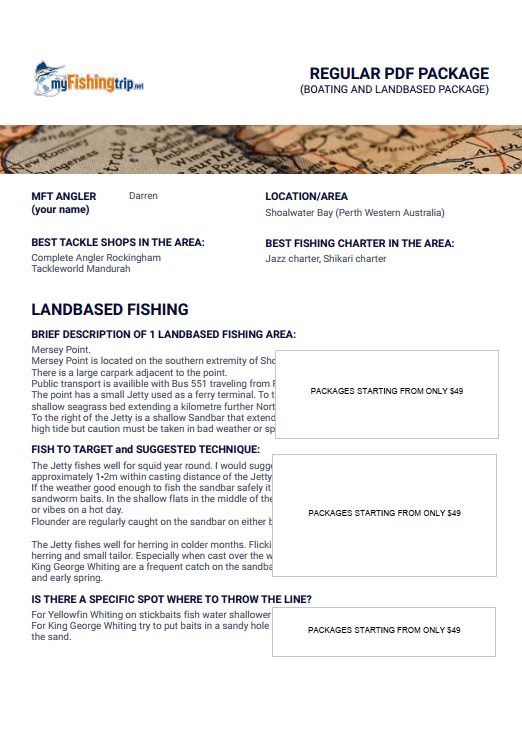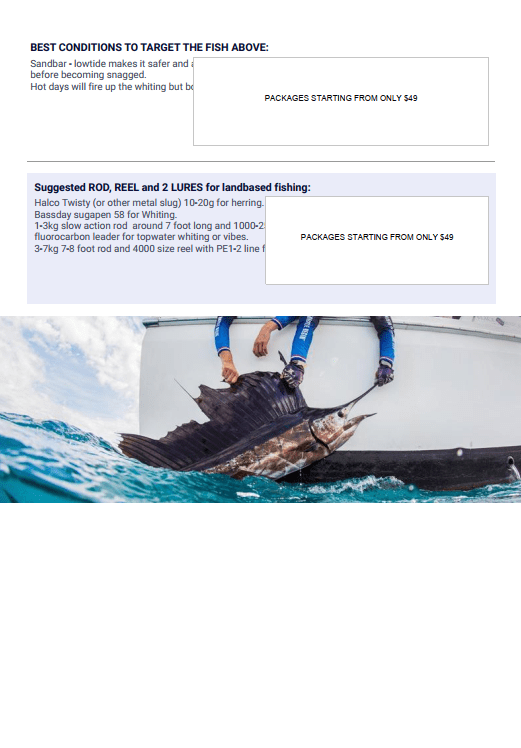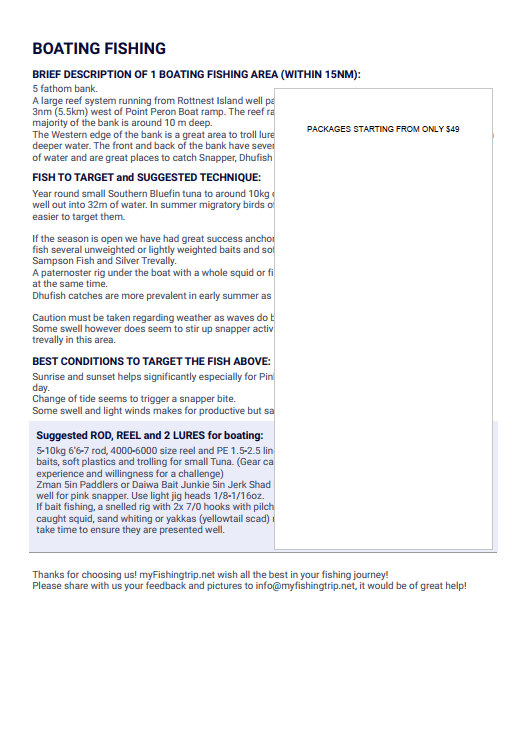Black Bream: Mastering the Estuary Trickster
**Understanding Their Environment**
Black bream are one of the most sought-after species in Australia’s estuaries, particularly along the southern coastline. These fish are incredibly versatile and can thrive in both freshwater and saltwater environments, adapting to a wide range of conditions. However, they are particularly fond of murky waters and areas with plenty of submerged structures, like fallen trees, rocks, and jetties, where they feel safe from predators. Knowing this, you should always look for these kinds of cover when targeting black bream, especially on a rising tide when they tend to move closer to the shoreline to forage.
**Feeding Behavior and Tactics**
Bream are notorious for being bottom feeders, rooting through mud and sand for small crustaceans, shellfish, mollusks, and worms. This makes bait presentation crucial. Your best bet is to use soft baits such as prawns or worms, and make sure they are presented close to the bottom where bream are searching for food. Additionally, black bream tend to be most active during low-light periods, like early morning or late evening. During the midday heat, they become more reclusive and hug shady structures even tighter, so adjusting your fishing times can dramatically affect your success.
**Adapting to Their Wariness**
What makes black bream especially tricky is their wary nature. In clear water, they become highly cautious, spooking easily at the sight of lines or unnatural movements. In these conditions, a stealthy approach with lighter lines and smaller hooks can make a big difference. On the flip side, during periods of dirty or discolored water, bream are more willing to bite as visibility is lower, and they feel more secure. Matching your tactics to these environmental shifts will increase your chances of a catch.



